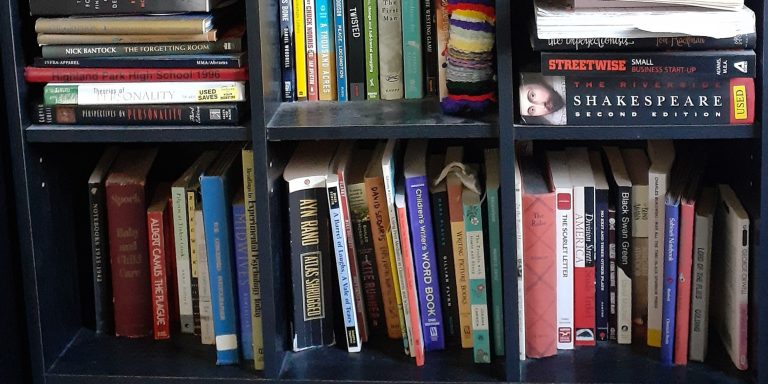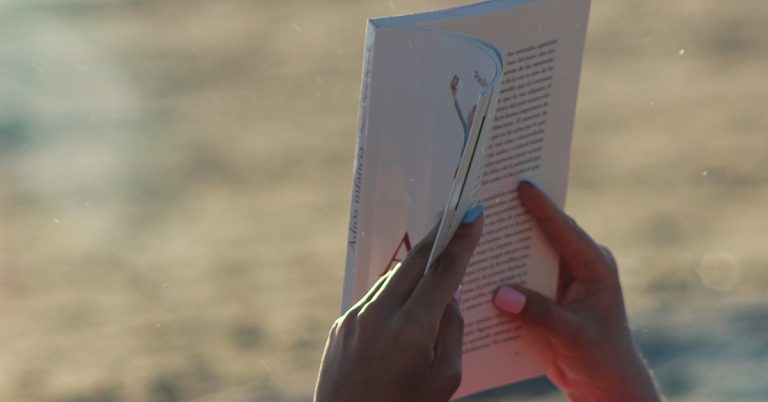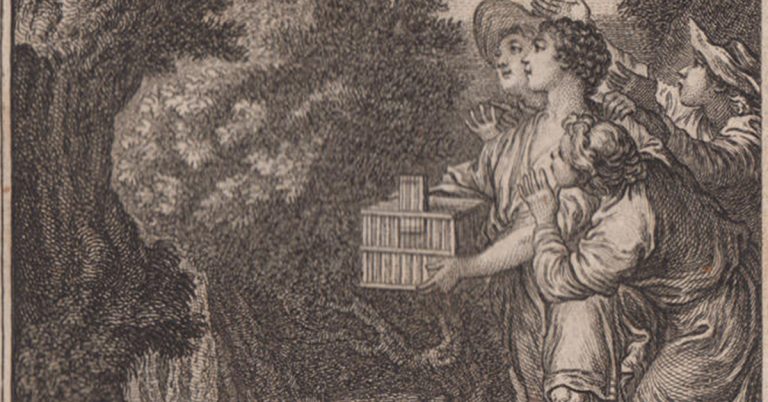
-
Updating Roman Jakobson’s ‘Poetic Function’ with Vector Semantics
Read more: Updating Roman Jakobson’s ‘Poetic Function’ with Vector SemanticsKurzynski discusses how poetry extends beyond sound and rhythm and taps into a deeper network of meanings.


Kurzynski discusses how poetry extends beyond sound and rhythm and taps into a deeper network of meanings.

by Jeff Wallace When you’ve written something exploratory, it can take a little while to work out what it is that you’ve done. This blog about my new book Abstraction in Modernism and Modernity: Human and Inhuman is written from…

by Amanda M. Dennis Tell us a bit about your book. Beckett and Embodiment interrogates the strange, disconcerting representations of the human body across Samuel Beckett’s work. Such attention to the body and the varied forms it takes—often integrated with…

by Mario Aquilina and Nicole B. Wallack On 29 March 2023, two of the editors of The Edinburgh Companion to the Essay, Mario Aquilina (The University of Malta) and Nicole B. Wallack (English and Comparative Literature, Columbia University) led a roundtable with…

by Emmanuel Ngué Um The main challenge facing Digital Humanities research in Africa is the race to catch up with a global trend, where digitization is increasingly present at the intersection of knowledge and society. This race is taking place…

What Scottish play, published in 1725, reached over 100 printings by 1800, was called ‘the noblest pastoral’ by Robert Burns, inspired more than forty paintings, more than ‘from the entire works of Chaucer, Defoe, Swift, Richardson, or Fielding’ (R. Altick, Paintings from Books), and was performed by amateur companies throughout Scotland as late as the end of the 19th century?

Allan Ramsay and his 1720s Edinburgh adventure in ballad opera

by Nicole Gonzalez Lovely balance Andrew Neil. The open neck and rolled up sleeves tell us this is a relaxed, informal Andrew but the books remind us he is never really off the clock. It’s like Magnus Carlsen playing Ludo.…

By Laura McCormick Kilbride, Ruth Jackson Ravenscroft, and Simone Kotva Is reading a theological activity? This is a question which only invites further questions. How a person responds to it will reveal as much about their presuppositions and their training…

By Stuart Gillespie I was one of the two founding editors of this journal in 1992. Anyone involved with a publication for this long will have travelled far, and when I look back over the thirty-year lifespan of Translation and…